Cables and Leads
-
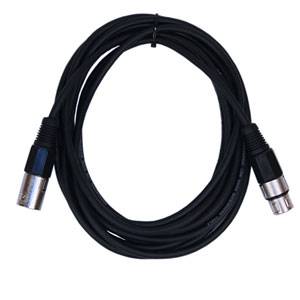
XLR Leads
-
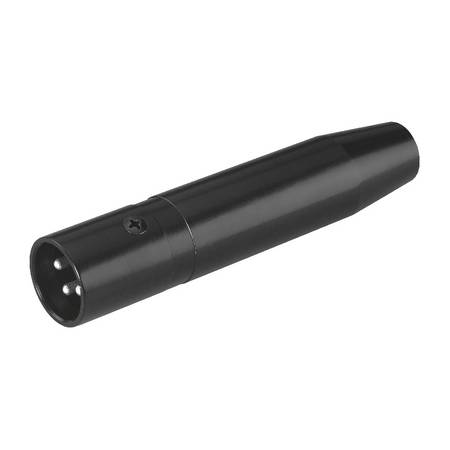
XLR Adaptors
-
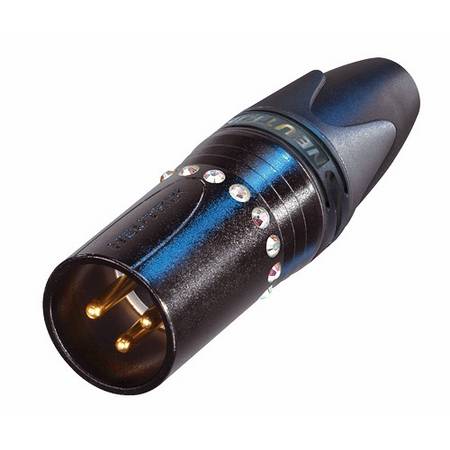
XLR Connectors
-
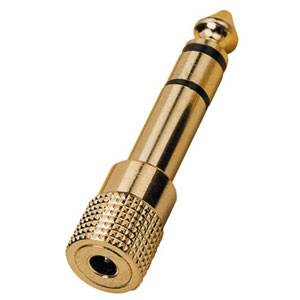
Adaptors
-
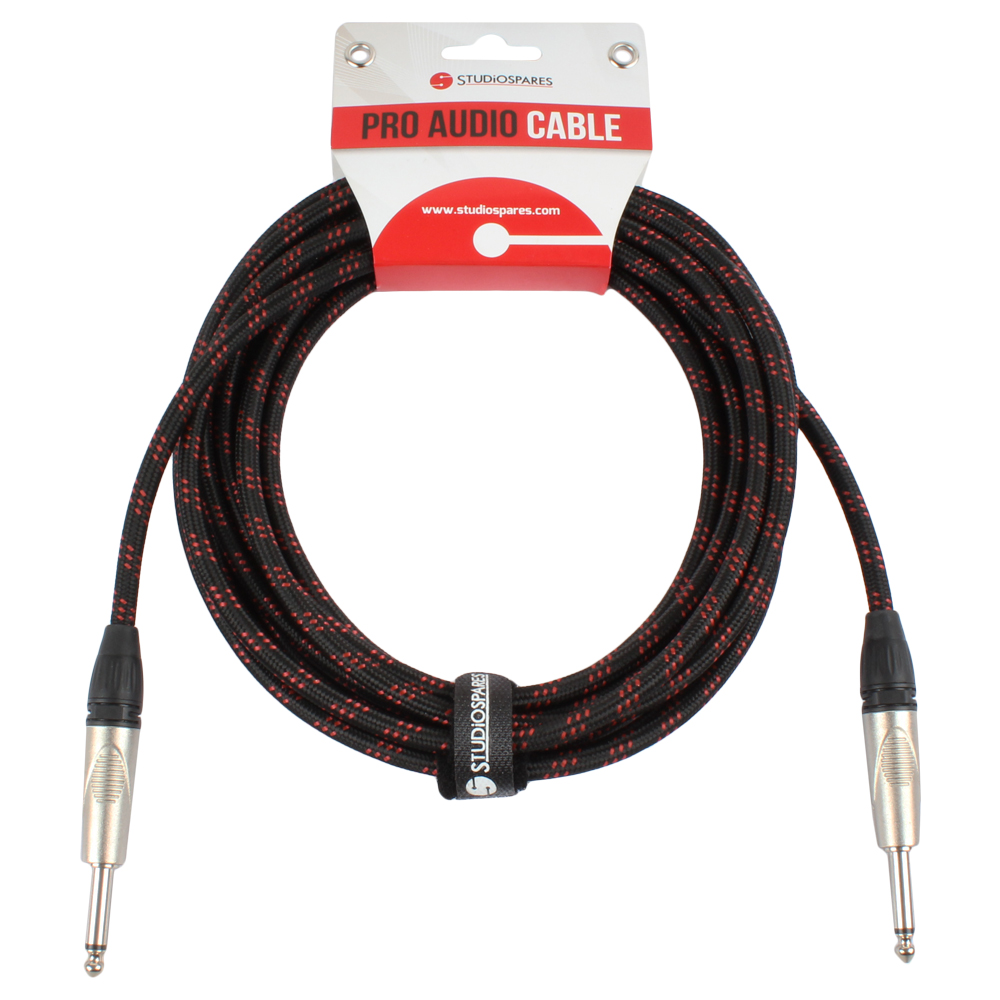
Guitar Leads
-
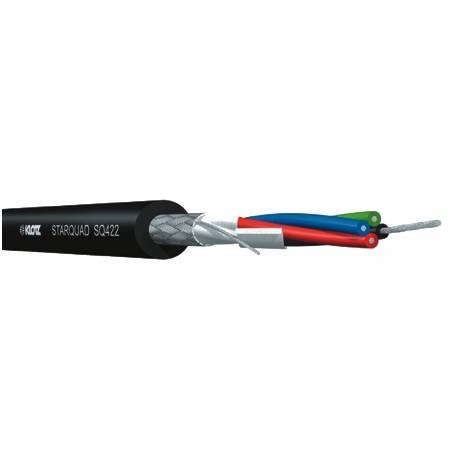
Balanced Cables
-
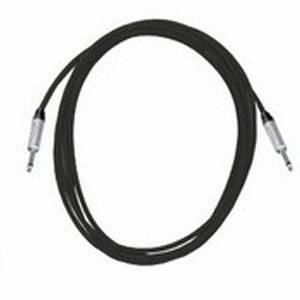
Jack Leads
-
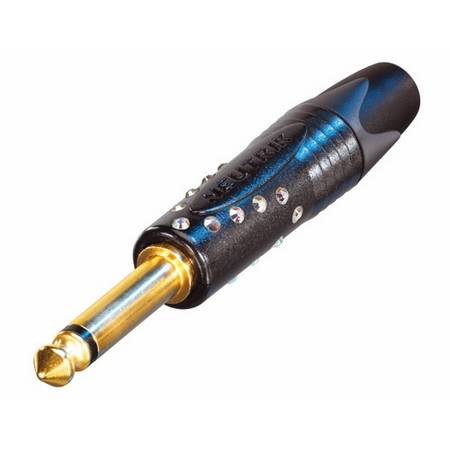
Jack Connectors
-
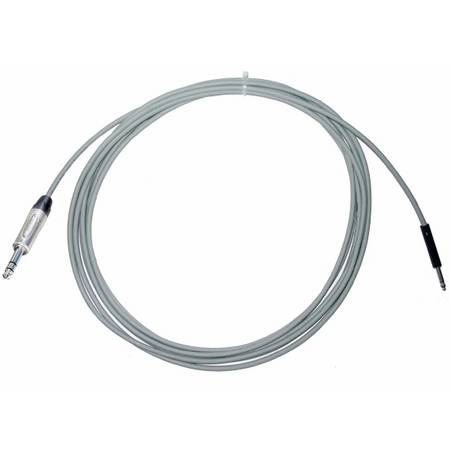
Bantam Leads
-
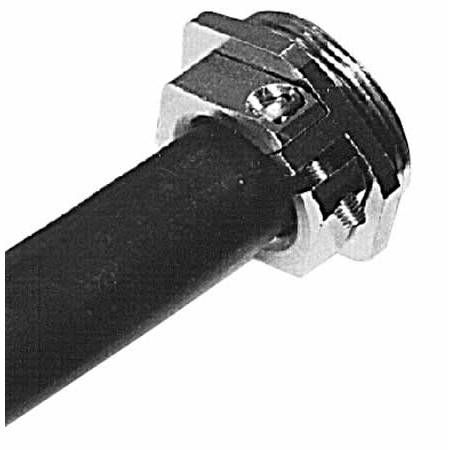
Cable Accessories
-
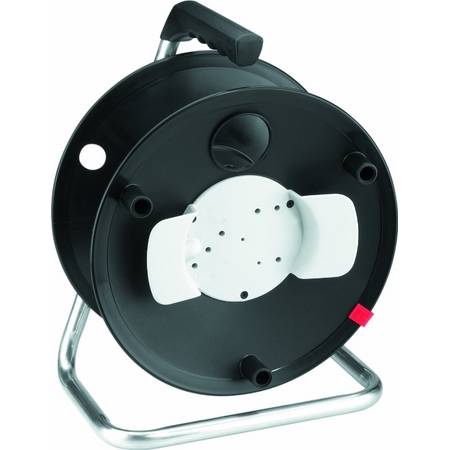
Cable Drums
-
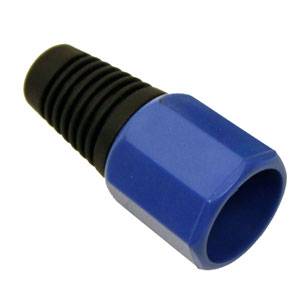
Cable Identification
-
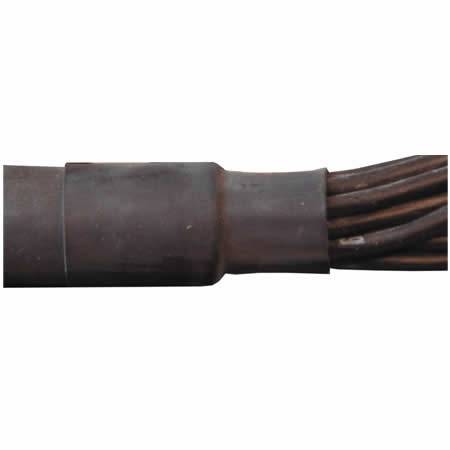
Cable Insulation
-
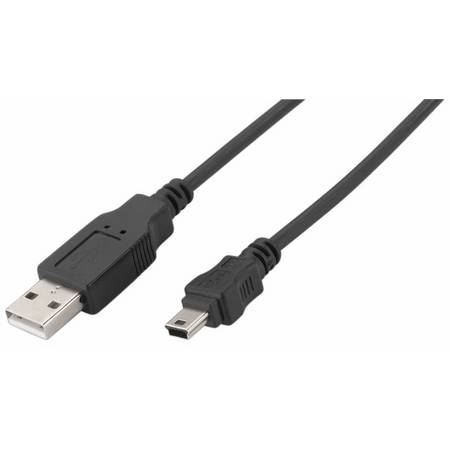
Computer Leads
-
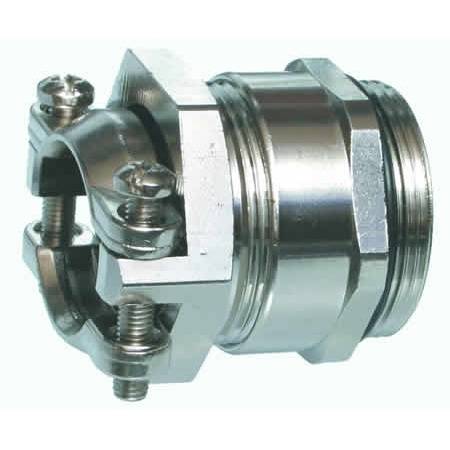
Connectors
-
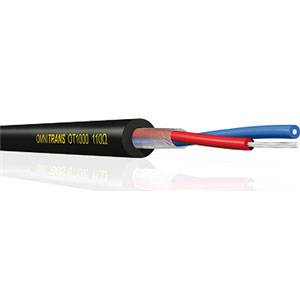
Digital Leads
-
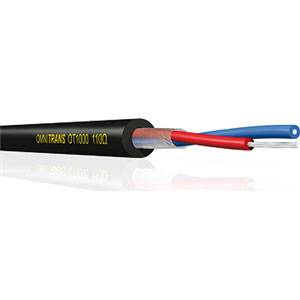
Digital DMX Cables
-
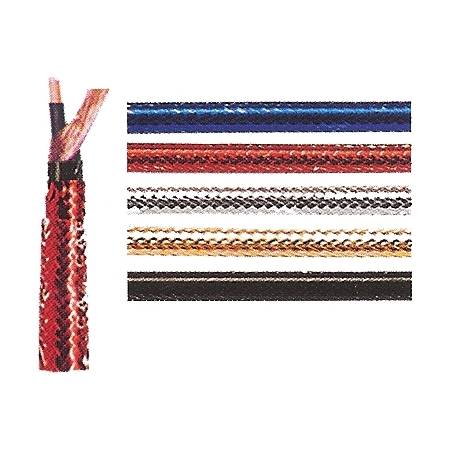
Guitar Cables
-
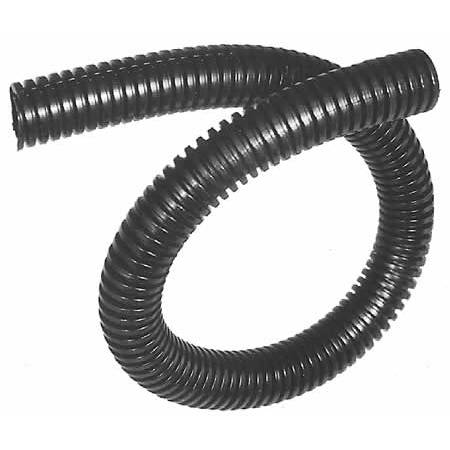
Harnessing Cables
-
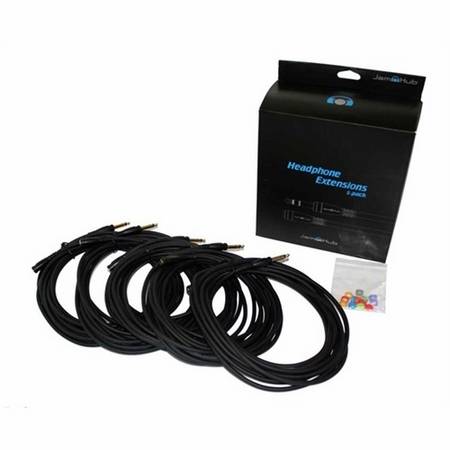
Headphone Leads
-
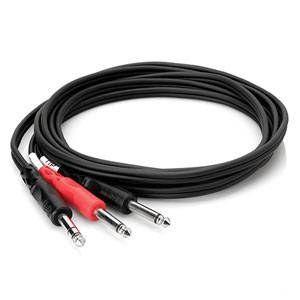
Insert Leads
-
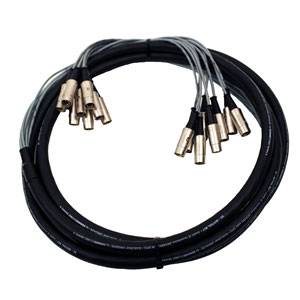
Looms
-
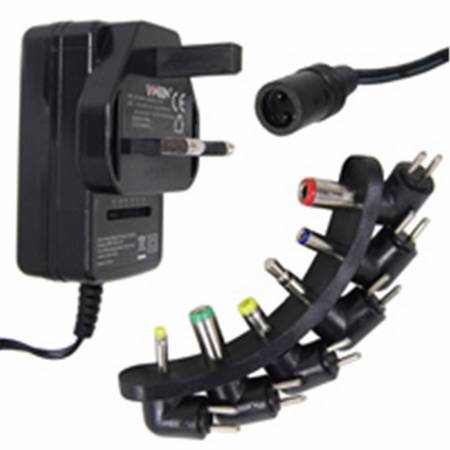
Mains Components
-
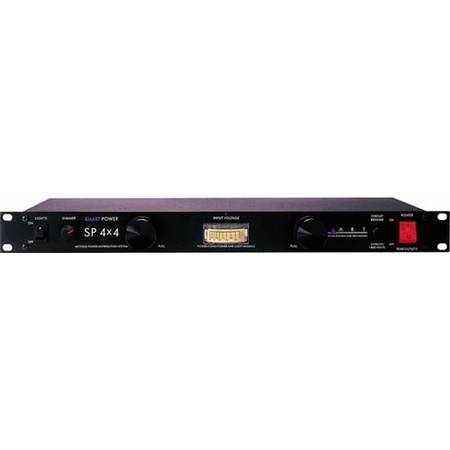
Mains Distribution
-
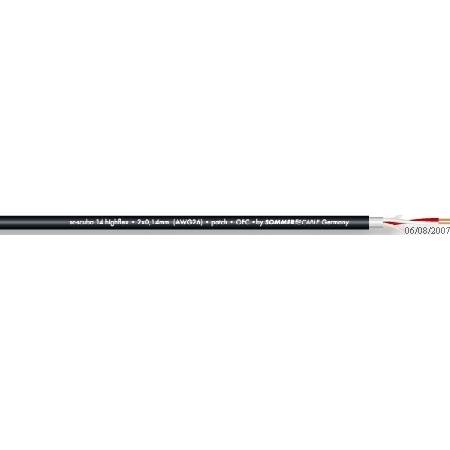
Miniature Cables
-
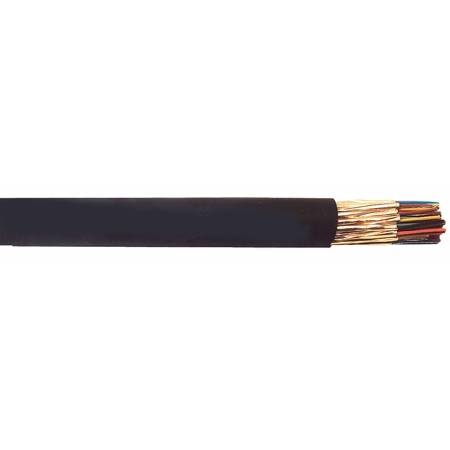
Multicore Cables
-
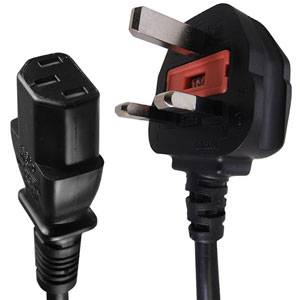
Mains Leads
-
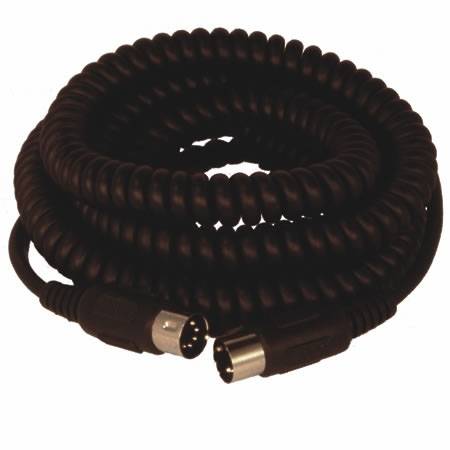
MIDI Leads
-
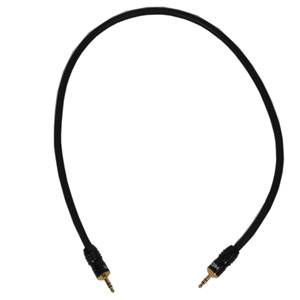
Minijack Leads
-
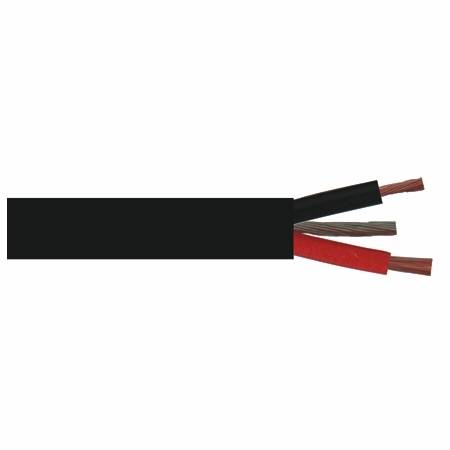
Other Cables
-
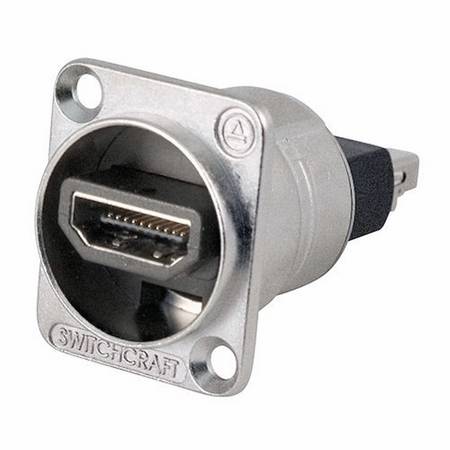
Other Connectors
-
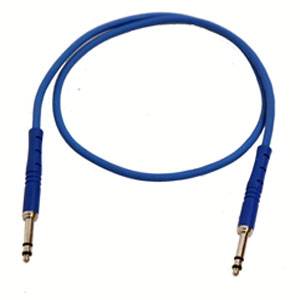
Patch Cords Leads
-
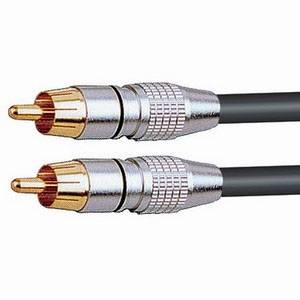
Phono Leads
-
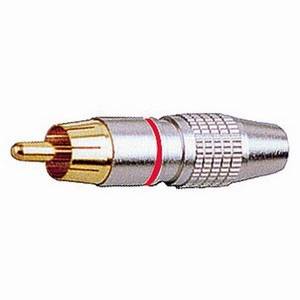
Phono and RCA Connectors
-
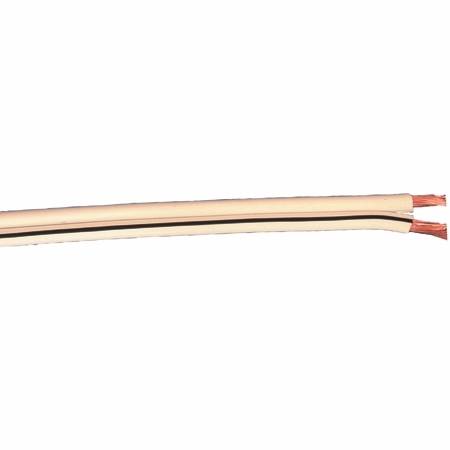
Speaker Cables
-
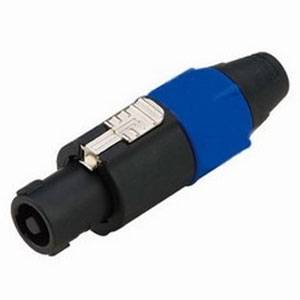
Speaker Connectors
-
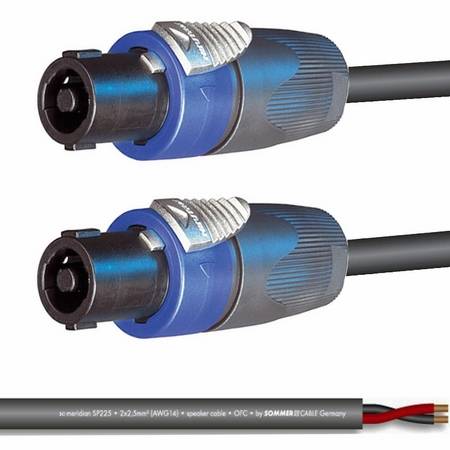
Speaker Leads
-
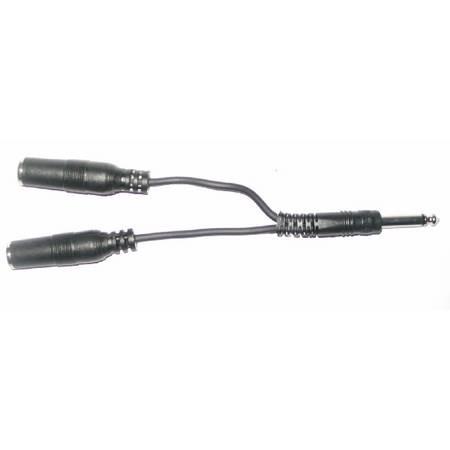
Splitter Leads
-
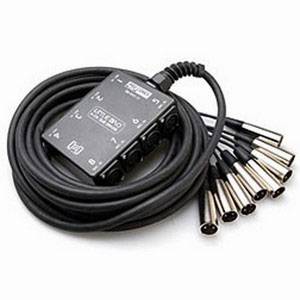
Snakes
-
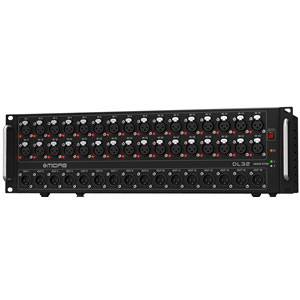
Stageboxes
-
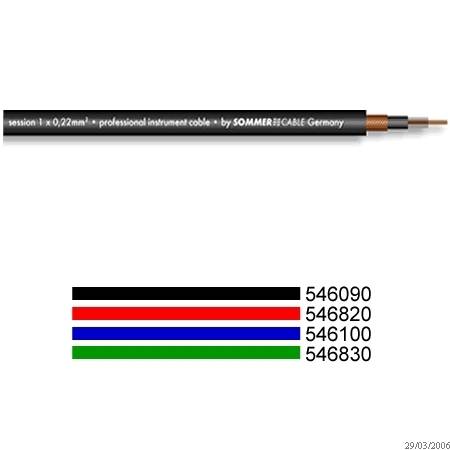
Unbalanced Cables
-
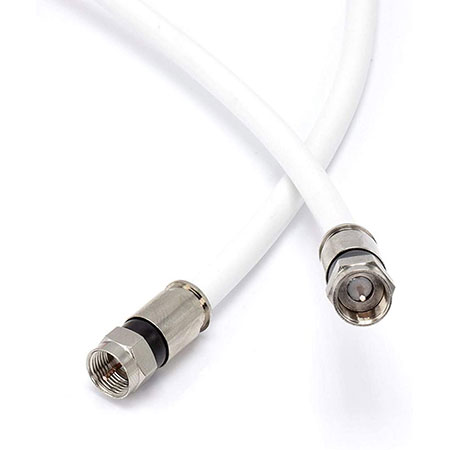
Coaxial Speaker Cable
What are cables and leads for?
A cable is used to transfer analogue or digital data signals from a source to an output. Cables allow you to connect your interfaces, studio equipment, microphones, computers and more as well as being an integral part of any audio listening setup.
No matter your realm of audio, be it studio, live performance, or if you’re an avid listener; cables and leads are at the core of everything that you do.
Why do I need high-quality cables?
High-quality cabling is an often-overlooked necessity of any studio, live rig and audio setup. There are many key factors worth considering when selecting your cables, including audio quality, inference and noise reduction, data retention and the durability and lifespan of the cable.
For more information check out our useful article here!
What are the different types of cable?
Browse our vast range of audio cables and leads including XLR and RCA cables to MIDI, Speaker, CAT5 and any other cable or individual connectors that you may require for your setup.
Including XLR, Jack, RCA, MIDI, Speaker, Cat5, snakes, looms, headphone extenders, phono and more. We proudly stock a wide range of individual connectors and speaker cables.
What’s the difference between balanced and unbalanced cables?
Unbalanced cables have one core/wire with a ground/earth shielding around it. TS jack instrument leads or RCA cables are commonly unbalanced cables. It’s not recommended to use an unbalanced cable for lengths over 20ft as the cable will become prone to interference and loss of clarity.
Balanced cables have two cores/wires with a ground/earth shielding. XLR cables and TRS jacks are common balanced cables.
The second wire in a balanced cable allows it to carry two copies of the audio signal. This reduces noise and interference which is often picked up by an unbalanced cable. The two inner wires flip the copies of the audio signal out of polarity with each other, and when the signal arrives at the other connector the polarity of the signal is flipped back into phase and the two signals are combined. Any external noise such as hum that is picked up in the audio signal gets cancelled out when the polarity is reversed. Due to this, balanced cables can withstand longer cables runs.
We are here to help so please contact us if you have any questions.





